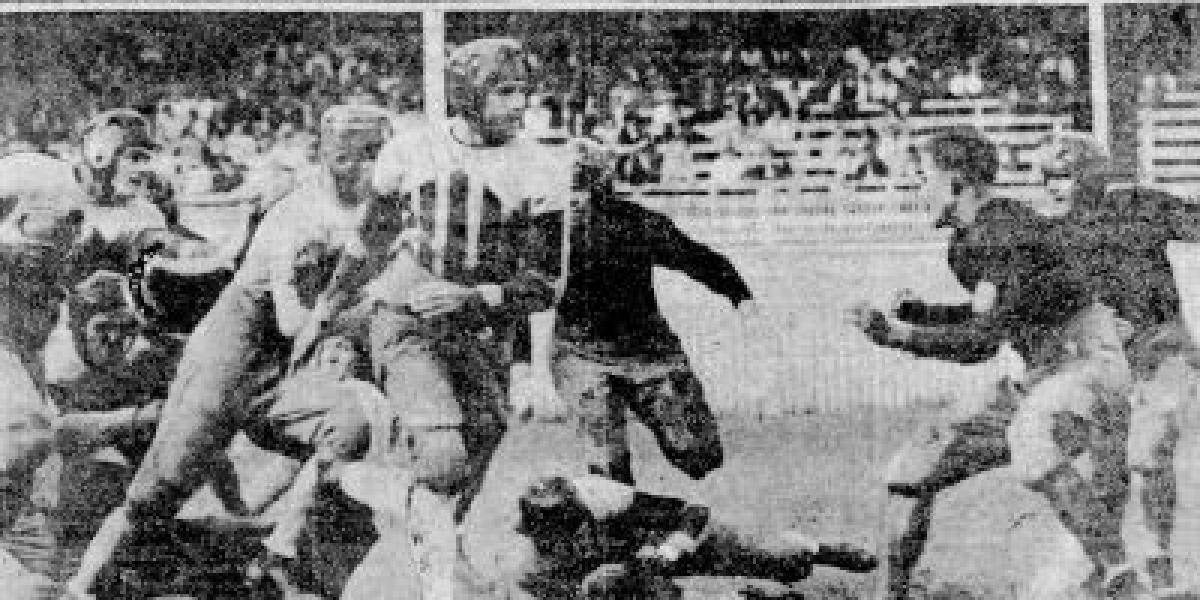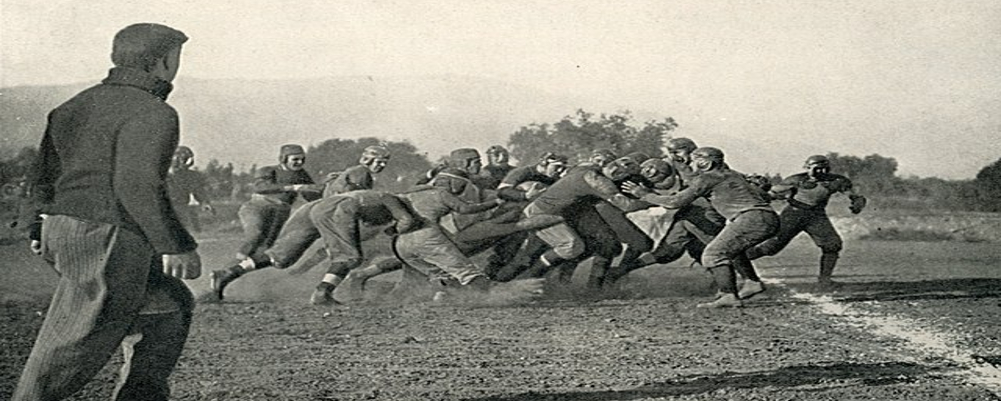Category:Football Positions
CollegeFootball:1941, 1942
DOB:April 01, April 02, April 04, February 09, July 08, July 09, July 11, July 14, June 04, June 06, June 08, June 11, June 13, June 18, June 20, June 23, June 24, June 26, June 28, March 26, March 31, May 15, May 16, May 17, May 20, May 21
EventDay:April 01, April 02, April 04, April 11, April 12, April 13, April 14, April 20, December 21, February 08, January 11, July 08, July 09, July 11, July 14, June 04, June 06, June 08, June 11, June 13, June 18, June 20, June 23, June 24, June 26, June 28, March 26, March 31, May 01, May 02, May 05, May 15, May 16, May 17, May 20, May 21, October 10
Eventday:February 09
NCAAF Jersey:Number 00, Number 02, Number 06, Number 10, Number 11, Number 12, Number 16, Number 17, Number 18, Number 19, Number 20, Number 21, Number 22, Number 24, Number 25, Number 26, Number 28, Number 29, Number 30, Number 31, Number 33, Number 36, Number 41, Number 44, Number 45, Number 48, Number 49, Number 52, Number 54, Number 66, Number 77, Number 88, Number B4, Number 77, Number 84
NFL Jersey:Number 01, Number 02, Number 03, Number 07, Number 08, Number 10, Number 12, Number 17, Number 20, Number 21, Number 24, Number 26, Number 27, Number 28, Number 30, Number 31, Number 33, Number 41, Number 42, Number 44, Number 45, Number 49, Number 52, Number 65, Number 76, Number 77
Video:Gridiron Legends
Sub-Category:About Sports, College HOF, Football Hall of Fame, Football Legend
Basketball Team:North Carolina Tarheels
Football League:First American Football League
Football Month:February History
Football Name:Abe Mickal, Ace Parker, Andy Oberlander, Ben Stevenson, Bill Banker, Bob Anderson, Bob Chappuis, Bob McWhorter, Bob Odell, Bobby Mitchell, Brad Rowland, Bright Johnny, Bruce Smith, Byron White, Carpenter Hunter, Cecil Isbell, Chris Cagle, Chuck Carroll, Clarke Hinkle, Cliff Battles, Crow John David, Curtis Martin, Driscoll Paddy, Dutch Sternaman, Eddie Casey, Eddie Talboom, Elmer Oliphant, Eric Red Tipton, Eric Tipton, Erny Pinkert, Frank Sinkwich, Gaylord Stinchcomb, George Gipp, George Halas, Grange Red, Harold Weekes, Harrison Stafford, Harry Cy Young, Harry Kipke, Herman Wedemeyer, Hitchcock Jimmy, Hugh Gallarneau, Hunter Carpenter, Isbell Cecil, Jack McDowall, James Saxton, Jimmy Hitchcock, Jimmy Leech, Joe Utay, John Dalton, John David Crow, Johnny Bright, Johnny Majors, Johnny Maulbetsch, Jon Arnett, Majors Johnny, Maulbetsch Johnny, McDowall Jack, Mickal Abe, Mitchell Bobby, Oliphant Elmer, Ollie Matson, Paddy Driscoll, Parker Ace, Paul Christman, Pete Dawkins, Pug Lund, Ralph Baker, Red Grange, Rowland Brad, Sam Chapman, Stafford Harrison, Sternaman Dutch, Stinchcomb Gaylord, Tony Canadeo, Vic Janowicz, Walter Koppisch, Wedemeyer Herman, White Whizzer, Whizzer White, Winchester Osgood
Football Position:defensive back, fullback, halfback, head coach, quarterback, running back, runningback, tackle, wide receiver
Football Team:Alabama Crimson Tide, Arizona Cardinals, Army Black Knights, Auburn Tigers, Baltimore Colts, Boston Yanks, Brooklyn Dodgers, Bucknell Bison, Buffalo All-Americans, Buffalo Bisons, Cal Golden Bears, Chicago Bears, Chicago Cardinals, Cleveland Browns, Colorado Buffaloes, Columbia Lions, Cornell Big Red, Dallas Texans, Decatur Staleys, Detroit Lions, Duke Blue Devils, Georgia Bulldogs, Georgia Tech Yellow Jackets, Gonzaga Bulldogs, Green Bay Packers, Harvard Crimson, Illinois Fighting Illini, Illinois Illini, Kansas City Chiefs, LSU Tigers, Los Angeles Rams, Marshall Thundering Herd, Michigan Wolverines, Minnesota Golden Gophers, Missouri Tigers, Navy Midshipmen, New England Patriots, New York Jets, New York Yankees, North Carolina State Wolfpack, Northwestern Wildcats, Notre Dame Fighting Irish, Ohio State Buckeyes, Penn Quakers, Philadelphia Eagles, Pitt Panthers, Pittsburgh Pirates, Pittsburgh Steelers, Purdue Boilermakers, San Francisco 49ers, Stanford Cardinal, Tennessee Volunteers, Texas A&M Aggies, Texas Longhorns, Tulane Green Wave, Tuskegee Golden Tigers, USC Trojans, Virginia Tech Hokies, Washington Commanders, Washington Huskies, Washington Redskins, West Virginia Mountaineers, Wyoming Cowboys
Football:Canadian Football League, Heisman winner, Mascot Origins, Maxwell Award, Pat McHugh
Footbll Name:Harry Gilmer
School:Dartmouth Indians
Sports:College Football Hall of Fame, Pro Football Hall of Fame, football, pro football
Other Keywords:1948 NFL Draft, Drake, NFL 1948, NFL 1949, Pro Football Hall of Fame, St. Mary, football name:Koppisch football name:Walter Koppisch, football punting game
#FootballPositions #GridironLegends #AboutSports #CollegeHOF #FootballHallOfFame #FootballLegend #NorthCarolinaTarheels #FirstAmericanFootballLeague #FebruaryHistory #AbeMickal #AceParker #AndyOberlander #BenStevenson #BillBanker #BobAnderson #BobChappuis #BobMcWhorter #BobOdell #BobbyMitchell #BradRowland #BrightJohnny #BruceSmith #ByronWhite #CarpenterHunter #CecilIsbell #ChrisCagle #ChuckCarroll #ClarkeHinkle #CliffBattles #CrowJohnDavid #CurtisMartin #DriscollPaddy #DutchSternaman #EddieCasey #EddieTalboom #ElmerOliphant #EricRedTipton #EricTipton #ErnyPinkert #FrankSinkwich #GaylordStinchcomb #GeorgeGipp #GeorgeHalas #GrangeRed #HaroldWeekes #HarrisonStafford #HarryCyYoung #HarryKipke #HermanWedemeyer #HitchcockJimmy #HughGallarneau #HunterCarpenter #IsbellCecil #JackMcDowall #JamesSaxton #JimmyHitchcock #JimmyLeech #JoeUtay #JohnDalton #JohnDavidCrow #JohnnyBright #JohnnyMajors #JohnnyMaulbetsch #JonArnett #MajorsJohnny #MaulbetschJohnny #McDowallJack #MickalAbe #MitchellBobby #OliphantElmer #OllieMatson #PaddyDriscoll #ParkerAce #PaulChristman #PeteDawkins #PugLund #RalphBaker #RedGrange #RowlandBrad #SamChapman #StaffordHarrison #SternamanDutch #StinchcombGaylord #TonyCanadeo #VicJanowicz #WalterKoppisch #WedemeyerHerman #WhiteWhizzer #WhizzerWhite #WinchesterOsgood #DefensiveBack #HeadCoach #RunningBack #WideReceiver #AlabamaCrimsonTide #ArizonaCardinals #ArmyBlackKnights #AuburnTigers #BaltimoreColts #BostonYanks #BrooklynDodgers #BucknellBison #BuffaloAllAmericans #BuffaloBisons #CalGoldenBears #ChicagoBears #ChicagoCardinals #ClevelandBrowns #ColoradoBuffaloes #ColumbiaLions #CornellBigRed #DallasTexans #DecaturStaleys #DetroitLions #DukeBlueDevils #GeorgiaBulldogs #GeorgiaTechYellowJackets #GonzagaBulldogs #GreenBayPackers #HarvardCrimson #IllinoisFightingIllini #IllinoisIllini #KansasCityChiefs #LSUTigers #LosAngelesRams #MarshallThunderingHerd #MichiganWolverines #MinnesotaGoldenGophers #MissouriTigers #NavyMidshipmen #NewEnglandPatriots #NewYorkJets #NewYorkYankees #NorthCarolinaStateWolfpack #NorthwesternWildcats #NotreDameFightingIrish #OhioStateBuckeyes #PennQuakers #PhiladelphiaEagles #PittPanthers #PittsburghPirates #PittsburghSteelers #PurdueBoilermakers #StanfordCardinal #TennesseeVolunteers #TexasA&MAggies #TexasLonghorns #TulaneGreenWave #TuskegeeGoldenTigers #USCTrojans #VirginiaTechHokies #WashingtonCommanders #WashingtonHuskies #WashingtonRedskins #WestVirginiaMountaineers #WyomingCowboys #CanadianFootballLeague #HeismanWinner #MascotOrigins #MaxwellAward #PatMcHugh #HarryGilmer #DartmouthIndians #CollegeFootballHallOfFame #ProFootballHallOfFame #ProFootball



